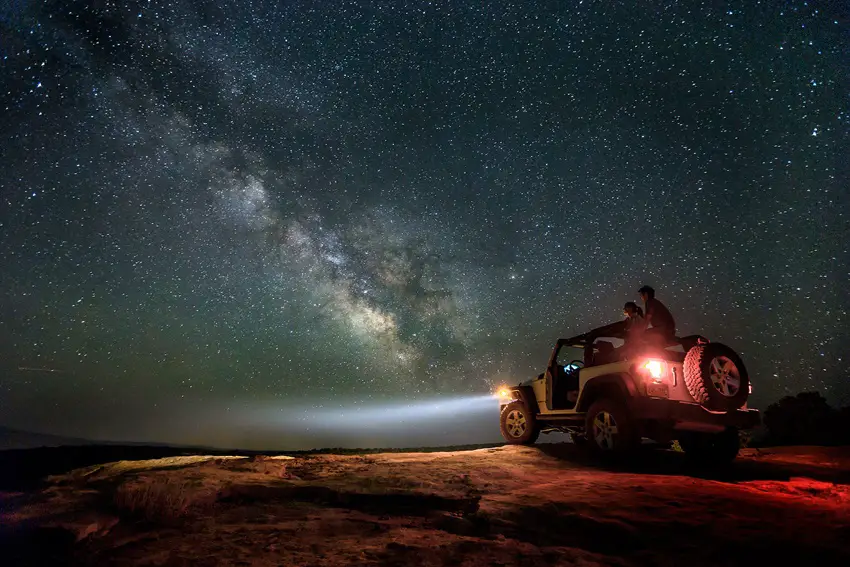If you’ve ever fancied taking astronomy photos, you can start off with pretty much any camera. You won’t get the same results as Hubble, but you’ll certainly get some great moon or constellation shots with a tripod, a camera and a telescope.

For deep-space objects, like nebulae and galaxies, you’ll need some fancy equipment like a tracking telescope and maybe even an ultra-cooled camera. These cameras do exist, and they’re made by specialist companies that also make combustion analysis sensors and cameras. This is probably for the future, though, so for now, let’s start with the basics.
Shutter speeds, aperture and ISO
Most astronomical objects are quite faint, so you’ll need to get as much light through the shutter as possible. You have two choices – leave the shutter open for longer or use a larger aperture.
Most shutters have speeds of 1/1,000th of a second, but some cameras let you hold it open as long as you’re keeping the button down. Apertures vary in size – the smaller the number, the bigger the size.
You can also change the sensitivity of the camera by changing the ISO. The ISO of your camera is the measure of its light sensitivity. ISOs in basic cameras run from 100 to 400, which means one second to a quarter of a second is needed to capture a decent image. More expensive cameras have ISOs of up to 3,200 – they can capture an image in 1/32 of a second. This increased sensitivity lets in lots of interference, but this can be dealt with.
Basically, to get started, use a long shutter speed, as well as the widest aperture and the highest ISO.
The focus
Turn off the camera’s autofocus and focus it on infinity. You’ll probably see a mountain icon, as this setting is for taking pictures of distant objects.
Experiment with this setting in daylight to see how it works, and play around with the other settings to get used to them.
The white balance
Most cameras will let you adjust your white balance, although most are pre-set to auto white balance. This doesn’t help with night-time shots, as it can give the sky an ochre tint. Try the tungsten setting if you’re taking long exposures.
Taking the photo
So, you have the widest aperture, the longest shutter speed and the highest ISO, as well as a tungsten white balance setting. Focus on infinity and take the shot.
You might be thinking about a tripod, but to start with, a cushion will do! Try taking photos of an easily-identifiable constellation, or the moon, and try not to move the camera. If your camera has a self-timer, try the same shot with longer and longer exposures to see what happens.
[Read also: Tips to Taking Great Mobile Phone Camera Photos]
Assessing the snaps
Download the images onto your PC and magnify them. Most of them will be quite grainy – or noisy as they’re known now.
If you’ve been using longer exposures – 30 seconds or more – you’ll see the stars starting to trail, but you’ll also notice that there’s more stars to see!
Improving the photos
Pick out the best photos – ones with more stars but without too much trailing – and see what you can do after some processing on your computer.
You can actually eliminate a lot of noise just by making the image smaller – pixels are removed in this process, which takes out some of the grainy ones with it.
You can also try changing the color balance to get some interesting effects, as well as fiddling with brightness, contrast and saturation.
[Image via: Google Images]
